
Winter brings added challenges for patients with cancer. Here's what you need to know to take into consideration as the weather gets colder.

Winter brings added challenges for patients with cancer. Here's what you need to know to take into consideration as the weather gets colder.

In order to create a better treatment landscape for geriatric patients with cancer, patients need to be involved in the process in order to shape personalized interventions.
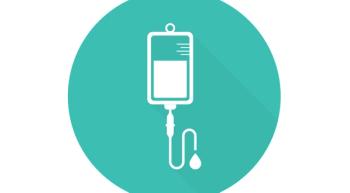
Topline results from the phase 3 PROTECTIVE-2 study demonstrated that plinabulin in combination with Neulasta (pegfilgrastim) significantly improved the prevention of chemotherapy-induced neutropenia, compared to the standard of care alone.
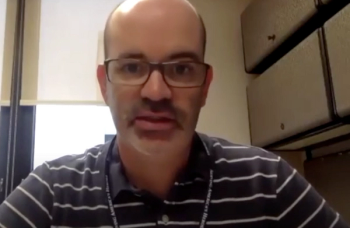
Nutrition is a vital aspect for patients with cancer, and malnutrition is a concern that must be tracked through the cancer journey.
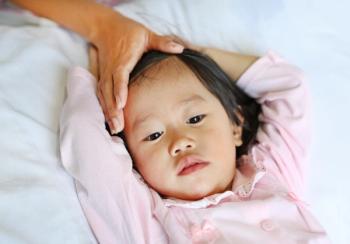
A randomized, controlled trial comparing olanzapine with a standard antiemetic regimen resulted in more patients achieving no vomiting and no rescue medication during the acute, delayed and overall periods.
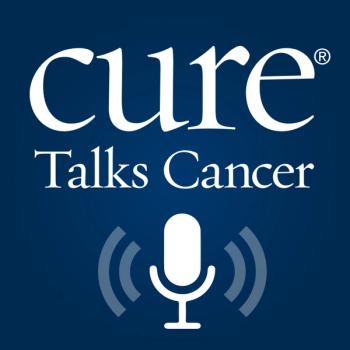
In this episode of the “CURE Talks Cancer” podcast, we spoke with the dental director in the oral health program at the Rhode Island Department of Health about the oral health issues that can occur as a result of a patient’s cancer treatment.

Cancer loves glucose, which is why fasting, restricting calorie consumption or following the ketogenic diet may make chemotherapy and some other cancer treatments more effective and easier to tolerate, early evidence shows.
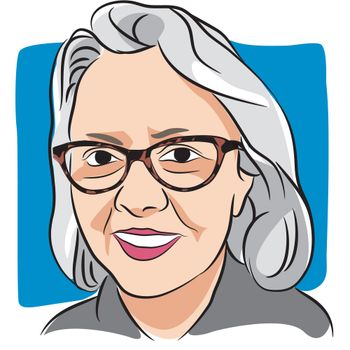
Using the full use of my left hand for a few months, I relied more on my lymphedema limb. Those with lymphedema, I learned, might do well to avoid fractures as best they can.

Cancer can magnify problems with sleep and introduce new ones, but there are easy changes you can make to get better sleep tonight.
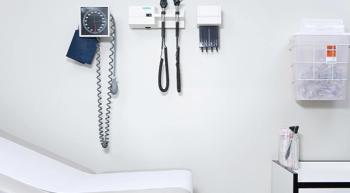
Everyone has a role to play in decreasing Clostridioides difficile infection rates on oncology units, recent research shows.

Treatment-related side effects are a complicated part of any cancer journey, and it's important to adjust when necessary and pull back from treatments that may be more harmful than beneficial.
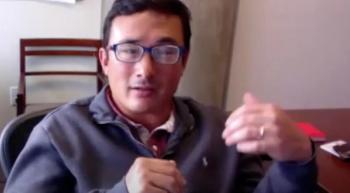
Cancer-treatment induced dry mouth can lead to several severe health issues. Here, Dr. Randy Kimple discusses how the side effect can lead to dental health issues, as well as other health consequences including pneumonia.

In this week’s episode of the CURE® Talks Cancer podcast, we spoke with Dr. Grant Williams to take a closer look at the state of geriatric cancer treatment.
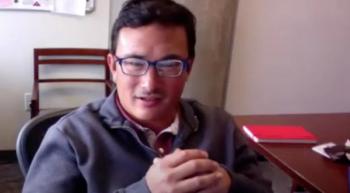
Outside of drinking plenty of water or avoiding foods that can induce dry mouth, Dr. Randy Kimple notes that there are very few effective treatments for patients who experience cancer treatment-related dry mouth.
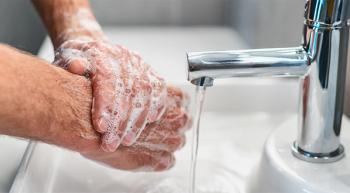
Recent study results demonstrated that there was contamination of popular chemotherapy agents in both patient and staff bathrooms of a cancer center.
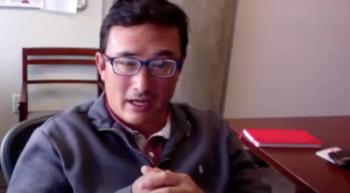
Potentially curative therapies for radiation-related dry mouth aren’t only beneficial for patients with cancer, but others who suffer from dry mouth in general.
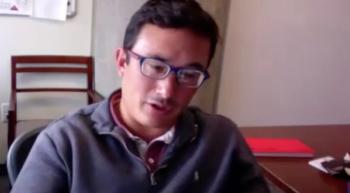
Dry mouth is a common cancer treatment-related side effect for patients, but a new experimental therapy could help with that.

Chemotherapy sessions are not just physically taxing for patients with cancer, but they’re also mentally draining. Here are five ways one cancer survivor decompressed after chemotherapy sessions.

Cancer, unfortunately, forces you to adapt or be miserable. There’s a solution to the side effects of treatment out there. You just have to find it.
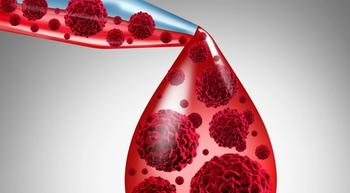
CAR-T Cell therapy is expanding in the field of blood cancers, but it comes with a host of side effects patients need to look out for. One study is looking to get ahead of the side effect curve for patients about to undergo CAR-T cell therapy.

On social media, CURE® recently asked its readers to share how they deal with the cognitive dysfunction that can come about from cancer treatment.
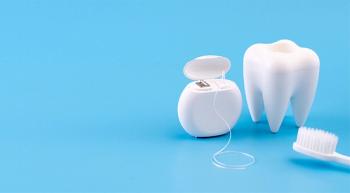
An oncology nurse outlines ways that patients can prevent dental erosion after a vomiting episode.

Neuropathy causes tingling or numbness, especially in the hands and feet. It affects about one to two percent of Americans and is caused by damage to a single or multiple nerves. There are different types, but peripheral neuropathy is the most common in those with cancer.

Supportive and palliative care are critical for people living with cancer to better manage treatment-related side effects.
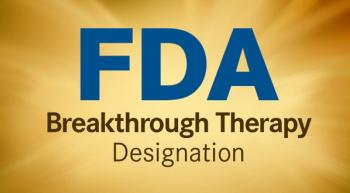
The FDA based its decision on data from a phase 3 trial which showed that adding plinabulin to Neulasta significantly improved the rate of severe chemotherapy-induced neutropenia.

“Our hope is that this will enable us to reduce or eliminate late effects of treatment that persist into the survivorship years,” Dr. Peter Cole, of Rutgers Cancer Institute of New Jersey, said in a press release.

The day cancer treatment ends, a new chapter begins. Some survivors may leave cancer behind and continue life with few or no health problems. Others might have ongoing physical challenges. Some of these might be due to late effects (also called aftereffects) of cancer treatment.

On social media, CURE® recently asked its readers what their thoughts were on the medical use of cannabis. Here, we share some of their responses.

For a long time, I refused to acknowledge the lingering effects of neuropathy. I found a way to joke about it and told everybody I was clumsy. To acknowledge the elephant in the room, I had to admit I needed to explore balance further.

More cancer centers are introducing virtual reality headsets, which can help relieve anxiety and pain and educate patients about their treatments.